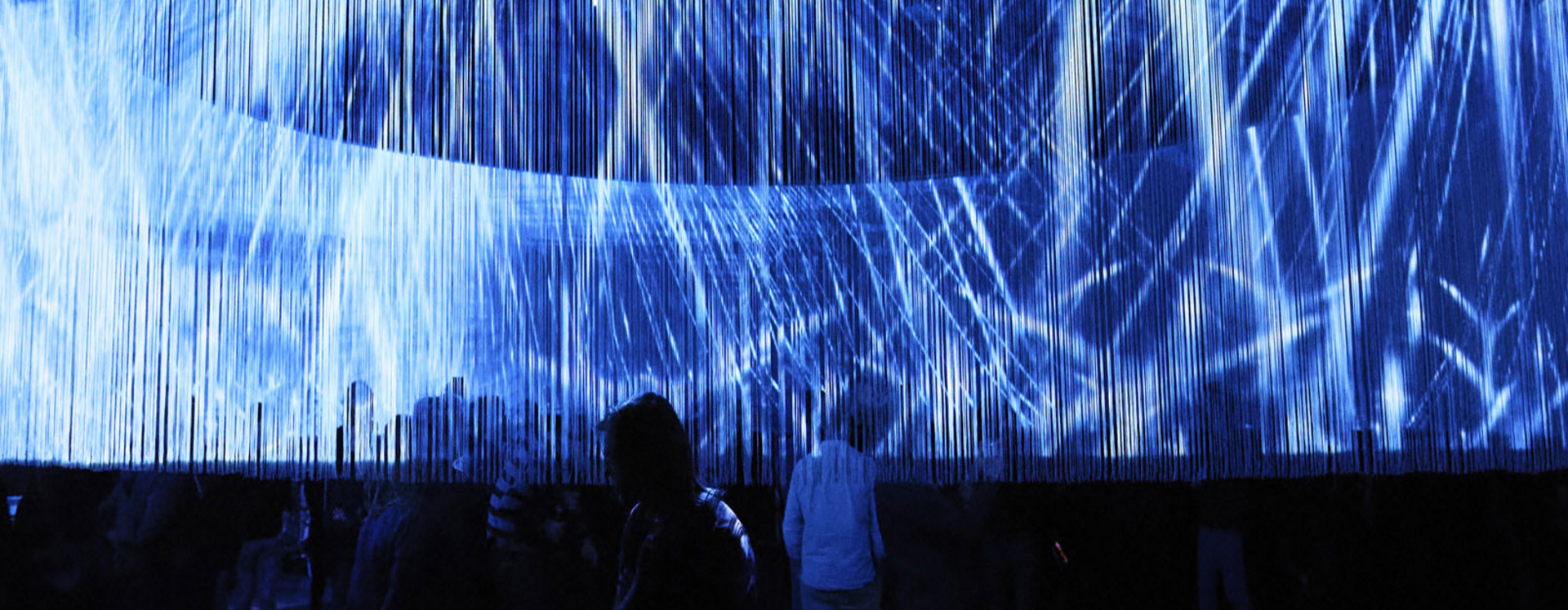Why was IDlab set up?
Technology is everywhere. In the last ten years our relationship with technology and media has shifted radically: our screen time has risen exponentially, and the ‘real’ and the ‘virtual’ have become deeply entwined. Digital natives are effortlessly navigating their way between the online and the off-line 24/7. They are simultaneously consumers, producers, critics.
What do all these developments mean for dance, performance and theatre of now? Technology offers you, the artist, a wealth of new possibilities. Use it to cross the boundaries of time and space, to create new realities and experiences. Will we one day be experiencing theatre and dance at home, wearing a VR set – in the body of our own choice, perhaps, in an asynchronous location-independent blend of three realities in 360°?
Let’s find answers to this question: How do you go about engaging your audience of the future, an audience that has grown-up in – and is connected with – an endless flow of virtual worlds in streaming film, video, music, games and social media?
Nobody’s got all the answers. But what we do know is that the future of dance, performance and theatre is being made – right now! The human imagination is limitless, and new techniques can nourish, change or rejuvenate it.
History shows us that the performing arts have always responded in their own reflective way to emerging technologies. Once these developments took the form film, TV and live broadcasts; now there’s YouTube, Instagram and other new media. But all these media, whether old or new, share something essential with theatre: they tell stories using words and visuals.
IDlab aims to establish a place for digitality in the academy of the 21st century, and onwards and outwards to the performing arts of the future. How could these new technologies be meaningful for us?
We are exploring digitality at every level and in every form – as a resource, interface or tool for expressing the imagination, and as a dramaturgical or subject-driven theme in the arts.
We use the term ‘expressive media’ rather than ‘immersive media’, which generally refers to film, video and games. The reason? The body of the performer is the central medium of live contact with the audience. There lies the power of theatre!
- What developments in digital techniques are currently taking place in the performing arts, and what developments are on the horizon?
- How do we know when new technologies are relevant for the performing arts – why and for whom? At what point do they fit into an interdisciplinary collaboration?
- Which practitioners are of interest?
- What are the most important developments at festivals such as STRP Festival, Sonic Acts, and organisations such as Eye film museum, STEIM, Stedelijk Museum and the Sandberg Institute?
